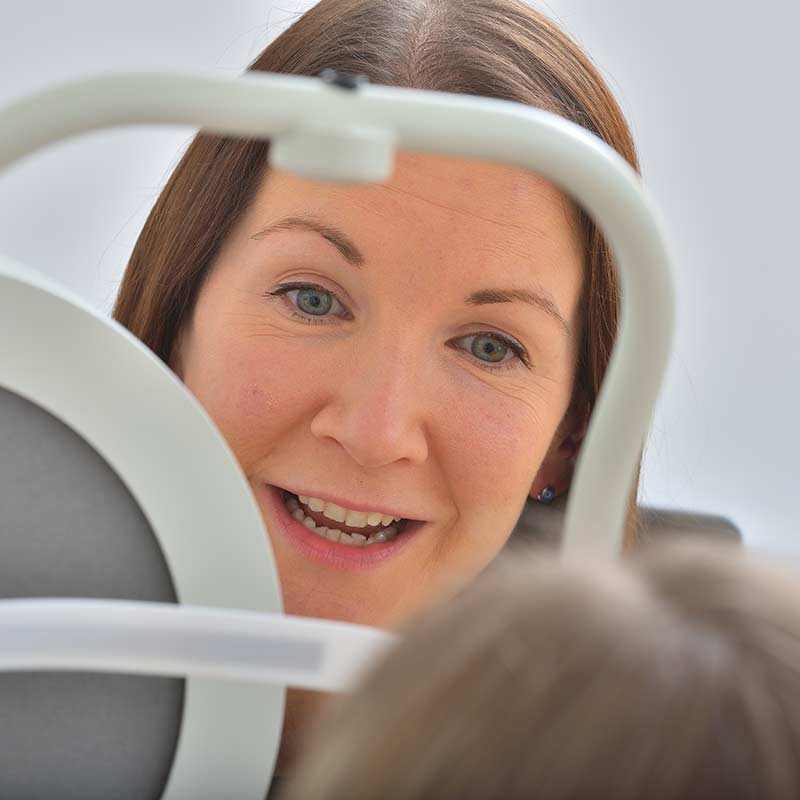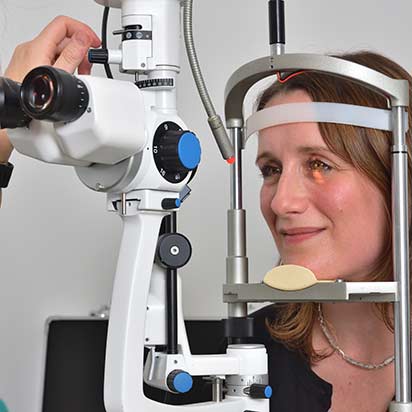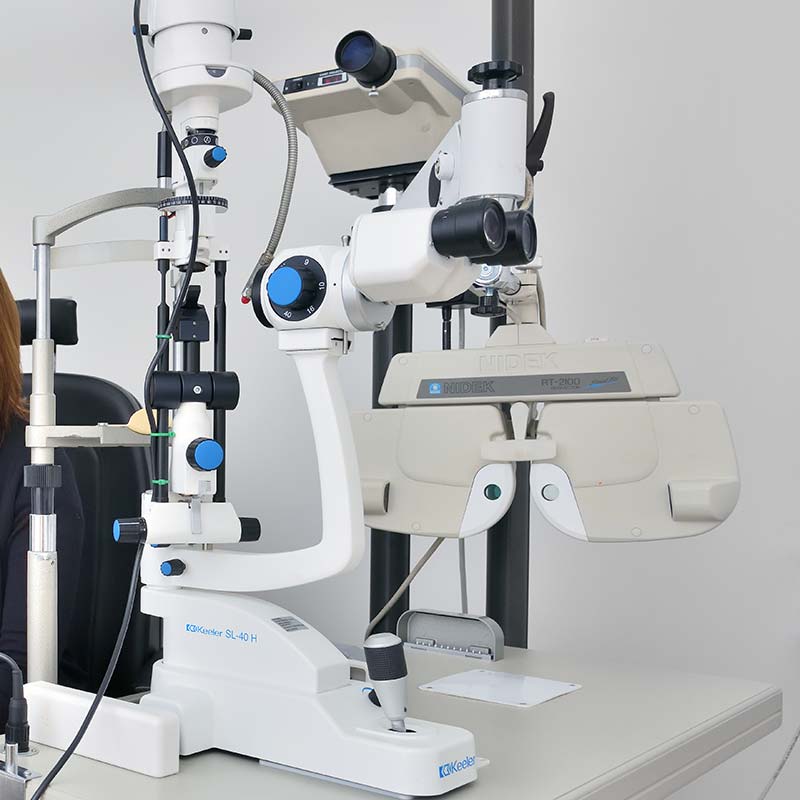The first step in diagnosis is identifying which type of diplopia a patient has and whether it is monocular or binocular. With monocular diplopia you will be referred to see an ophthalmologist. If the problem is binocular then your GP will likely try and rule out other factors like trauma, diabetes, Grave’s disease or a neurological disorder.
In diagnosing binocular diplopia, your doctor has to determine which eye muscles are affected. To do this, you will be asked to look at the doctor’s finger as he moves it up, down, left and right. This lets the doctor see how far your eye can move in each direction. Your doctor also will cover one eye and then the other, while you focus on a target. If the doctor sees your eyes shift as the eye cover is moved, it means your eyes are not aligned properly.
In most cases, double vision is easy to pinpoint in adults, because they can describe their symptoms. In children and younger people it is more difficult.
The duration of your double vision will depend on what the underlying cause is. Cataract, for example, can be corrected almost immediately with surgery.



